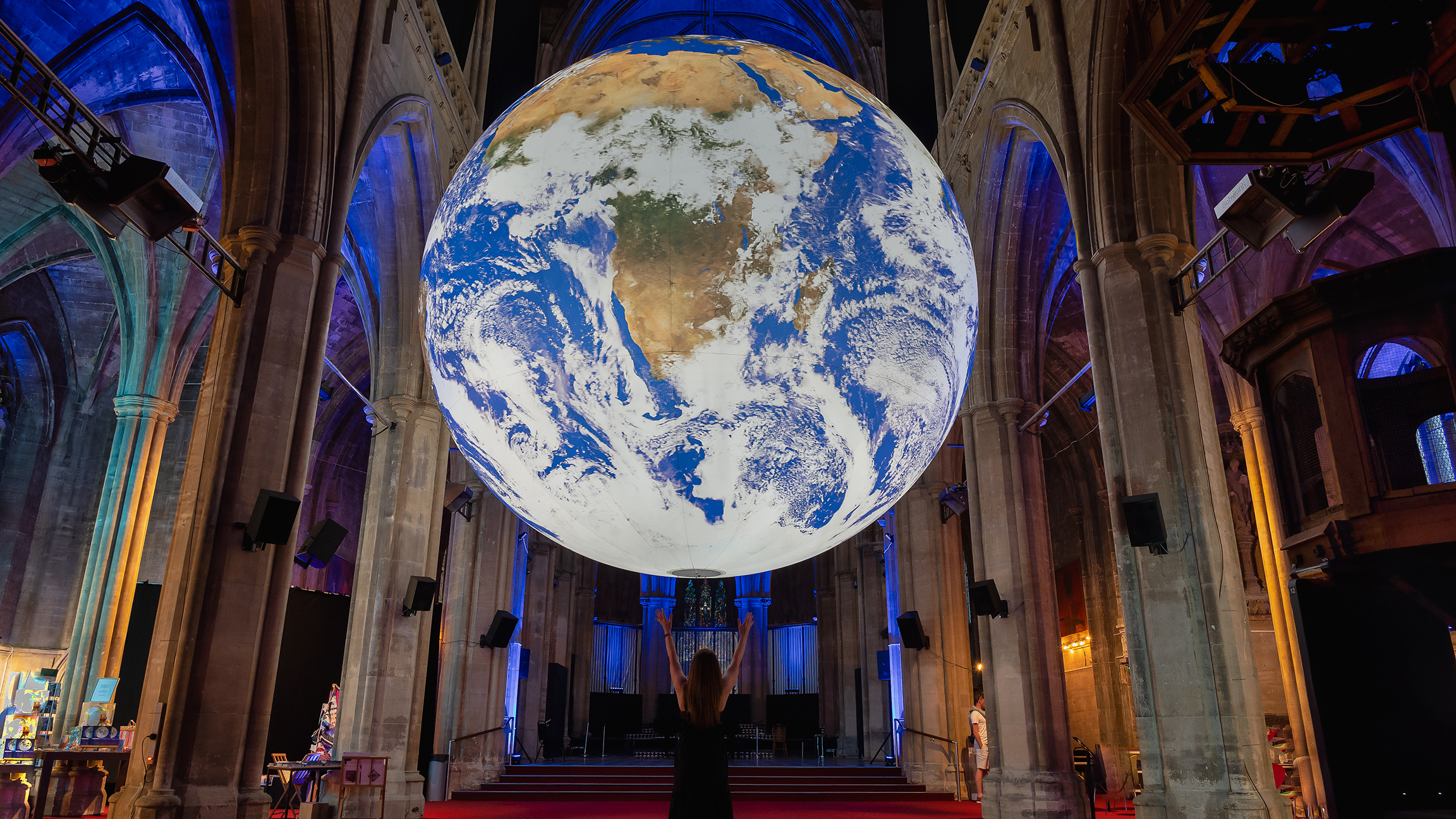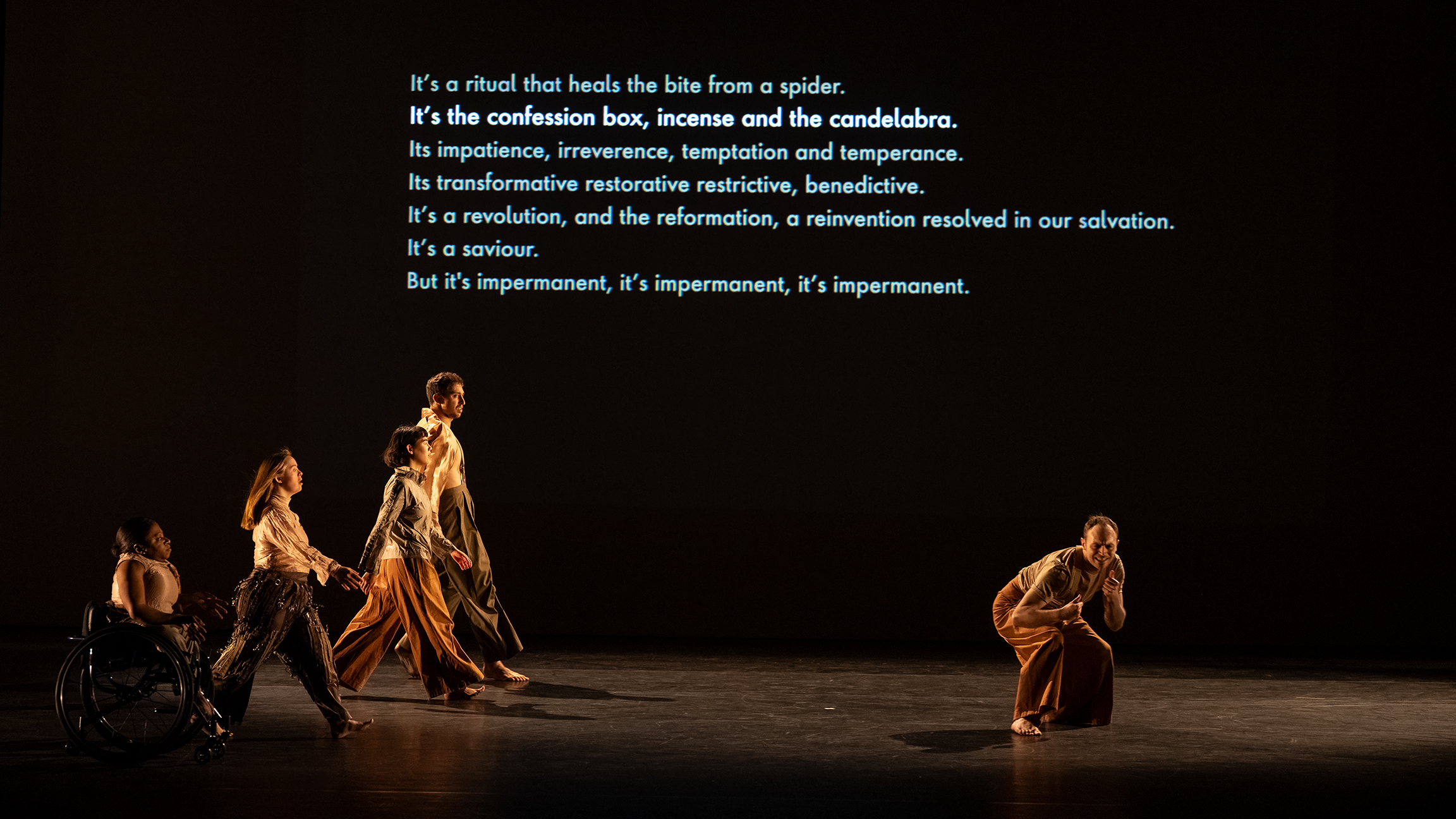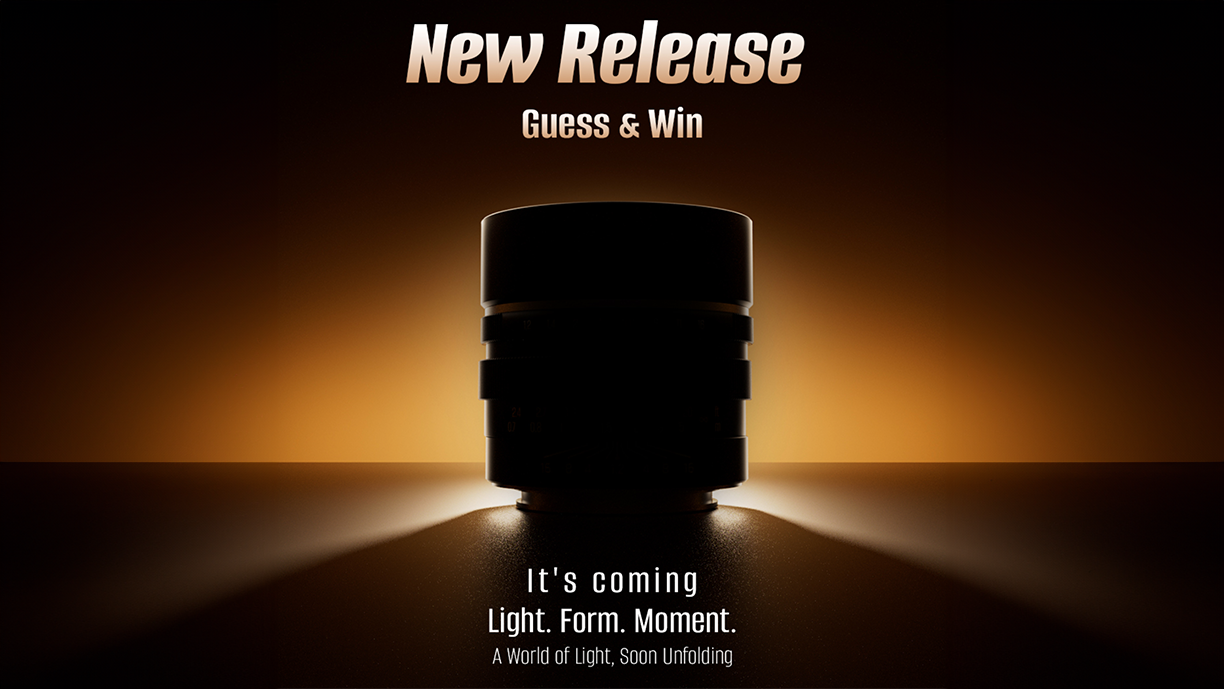How do I get into events photography? Discover tips, gear advice, and real-world experience
Limited access, unpredictable lighting, and fast-paced environments come with the territory – here's how to tackle them
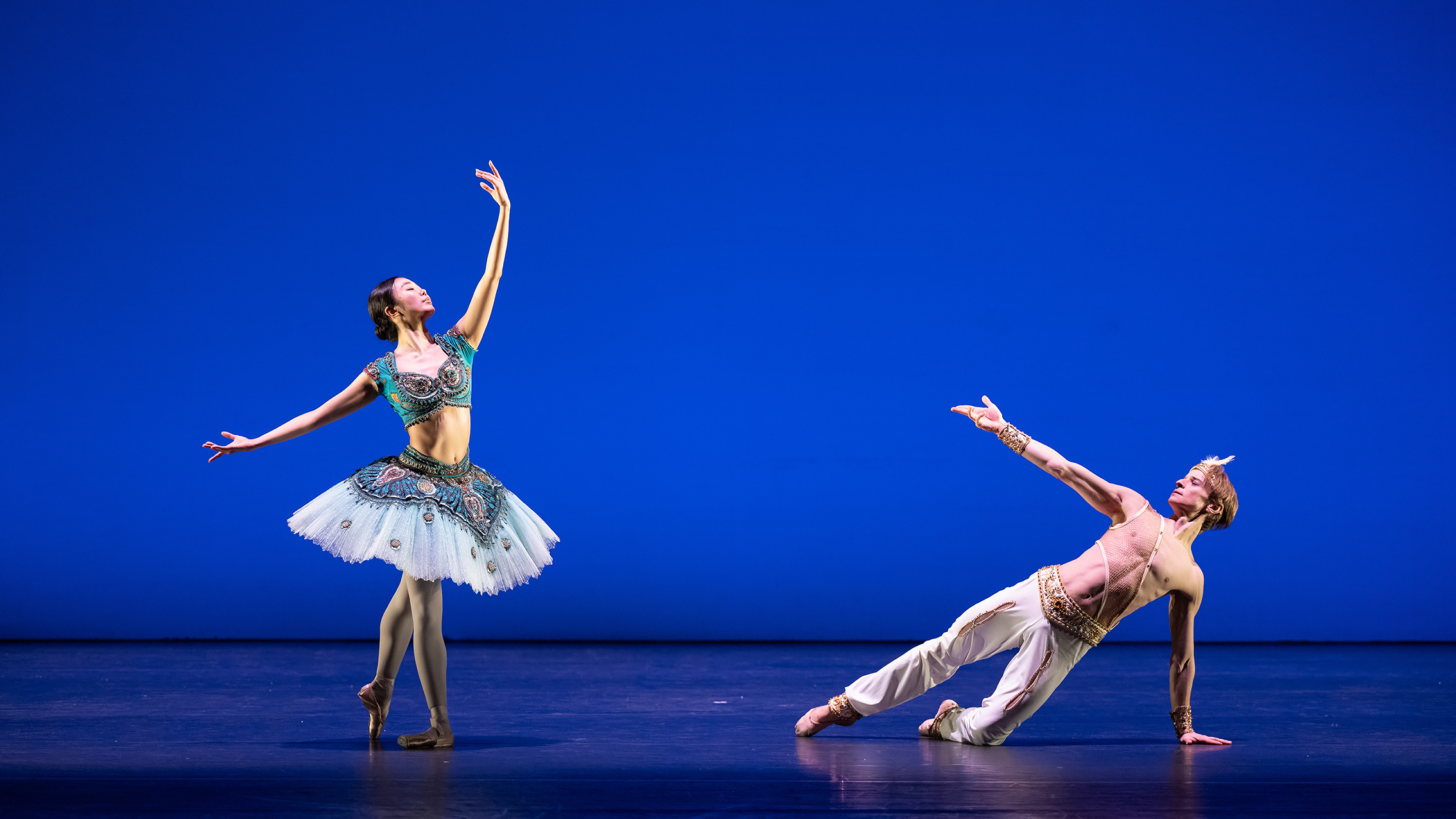
"How do I get into event photography?" It's a big question – and one that might've crossed your mind... There's no one-size-fits-all answer, but let's unpack a few essentials to get started – the gear, some tips, and real-life insights and advice by a professional events shooter, Jules Renahan.
Event photography is easily one of the most demanding areas in photography. You're often dealing with restricted movement, unpredictable lighting, fast-paced moments, and limited access to your subject. It's rarely easy, but with the right tools and a bit of planning, it becomes a challenge you can absolutely rise to.
One of the first things to consider is your camera. Low-light performance is important here because events won't always give you perfect lighting conditions (especially concerts or theaters indoors). Brands like Sony, Canon, and Nikon all offer strong low-light options.
If you purchase a new camera, you want a strong performer when it comes to noise control and image clarity in low-light scenarios. When choosing the body, look beyond the specs. At DCW, we often include lab info in our reviews, to see how each camera performs across key areas – so you can choose with confidence, not just guesswork.
Now let's talk lenses – because flexibility is everything. At any given event, you'll need to switch from wide shots that capture the stage or venue to tighter compositions that isolate individuals or small groups. You might also want to zoom in on subtle details that add a storyline to your images.
A versatile optic is your best friend here. Depending on your event and style, a 70-200mm f/2.8 telephoto, a 24-70mm f/2.8 standard zoom, or even a 16-35mm f/2.8 wide-angle lens might be the best option. For more on this read our guide to the best lenses for events photography.
Just as important: the maximum aperture to balance exposure when you shoot with faster shutter speeds. Next to this, keep an eye on image stabilization and the lens weight. You'll likely be on your feet for hours, constantly moving.
The best camera deals, reviews, product advice, and unmissable photography news, direct to your inbox!
To give you a real-world perspective, we spoke with Jules Renahan, owner of Jules Renahan Photography and co-founder of PhotoHound. She shared her thoughts on what to expect in the field, how to stay prepared, and what it takes to thrive in event photography.
Interview
Tell us about yourself and what you do…
I’m a former teacher and relative latecomer to photography. I did a landscape photography course in Slovenia when I lived there for a few years. This developed into a love of capturing people and candid moments. I started out doing ‘favours’ for friends who wanted events covered and found myself shooting my daughter’s dance workshops or my son’s football matches.
I gradually turned this to my advantage and now work as a freelance event photographer covering events from local festivals to corporate conferences, dance studio photography and theatre performances. I’m also the co-founder of PhotoHound, a travel photography app to help find and get to the best photo spots.
What do you enjoy most about photographing events and what aspects do you find challenging?
I enjoy the thrill of working with whatever is in front of me when I arrive at an event or workshop. I love finding the best moments that tell the story of the day. Unpredictable light is the most challenging aspect of event photography and, for that, I’m grateful that my Nikon Z7 II and backup Z6 perform well in low light.
I shoot RAW for greater control over exposure and white balance in post-processing. Flash is rarely an option at events as the aim is to be as unobtrusive as possible, particularly during conferences or theatre performances. I work with the available light, which often changes throughout the shoot, particularly where stage lighting is involved.
What was the best event you ever photographed and why?
My favorite event was an inclusive dance charity gala at Sadler’s Wells for Children Today. It brought together disabled and non-disabled dancers to tell an inspiring story of unity, resilience and the power of dance. Sadly, underfunding of the arts means that these jobs are usually less well-paid, so I try to balance arts events and corporate bookings.
How do you find your work?
The majority of my work comes through local networking and collaborations with other photographers. I don’t see other photographers as ‘competition’, but rather as a community to share ideas. Sometimes, giving my time freely to carefully chosen projects that I believe in has led to new, paid opportunities. For example, my work with the National Youth Ballet came from volunteering to photograph an inclusive dance project. They then included a budget for photography in their Arts Council bid for me to produce a body of work documenting their All In! programme.
My first corporate event booking came as a result of meeting videographer Matt Cotton of Disruptive Media. He needed a second shooter for stills while he focused on videography. Instagram is also a great platform for advertising your services and making useful connections.
What advice would you give to any of our readers wanting to photograph events?
If you’re starting out in event photography, my advice would be to know your camera. You’ll often be working in low light and need to be ready for anything once the event starts.
Second, find a photography community or network where you can ask questions. I’m so grateful to the SheClicks community (an all-female photography group) who are a source of advice to other female photographers.
And finally, follow the brief carefully to the deadline and communicate efficiently with your client. Once they can rely on you, they’re more likely to add you to their list of preferred suppliers.
You might like...
Browse our best professional cameras, and discover tips on wedding photography.
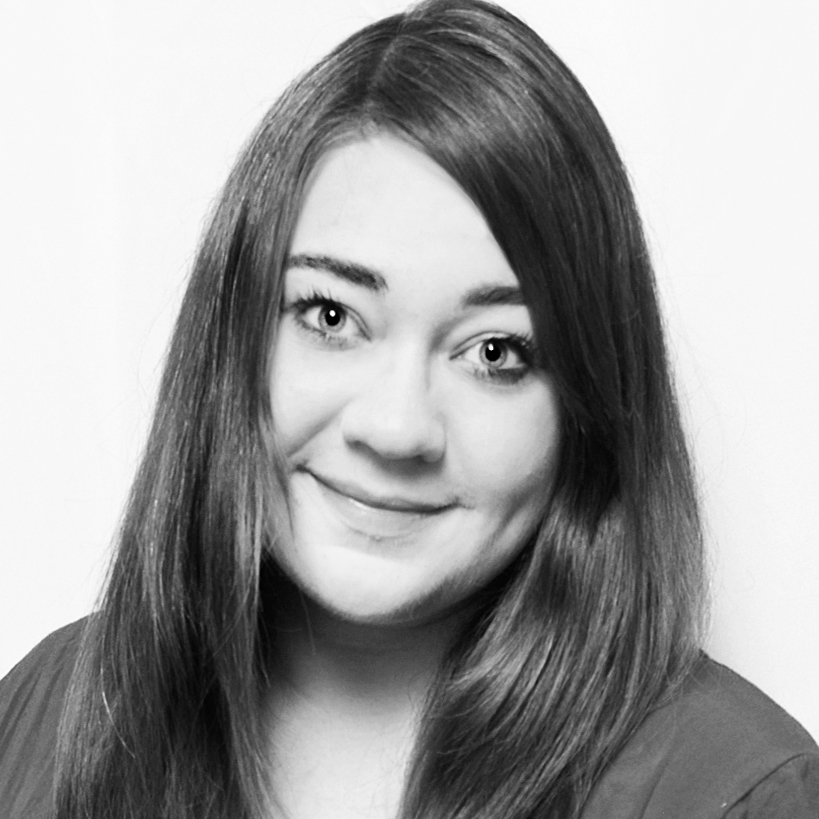
Kim is a photographer, editor and writer with work published internationally. She holds a Master's degree in Photography and Media and was formerly Technique Editor at Digital Photographer, focusing on the art and science of photography. Blending technical expertise with visual insight, Kim explores photography's time-honored yet ever-evolving role in culture. Through her features, tutorials, and gear reviews, she aims to encourage readers to explore the medium more deeply and embrace its full creative potential.
You must confirm your public display name before commenting
Please logout and then login again, you will then be prompted to enter your display name.
